What is Layer Farming?
Layers are egg-producing chickens bred especially for commercial purposes. Layer farming is the science of raising egg-producing chickens primarily for eggs. But they are also used for meat after their egg-producing period is over.
There are four types of chicken that lays eggs;
- White leghorns
- Rhode Island Red
- Nera Black
- Isa Brown
Poultry egg farming is a highly profitable business. It is the second biggest poultry venture after broiler farming. But like all types of farming, they must be done methodically and skillfully, considering the animals’ welfare as well.
Layer farming is unlike broiler farming. You must take into consideration many factors, like good road access and the location of the farm, before you start. Because you are dealing with eggs that are fragile and wrong decisions or management can cost you the money you invested. Before you start layer farming, think about the following issues,
- The location of your farm and whether it has access to good roads.
- Source of water and electricity
- Your amount of investment and when you expect returns. Unlike broiler farming, which would give you profit within 6 to 8 weeks, layer farming takes time initially for the chickens to mature and start producing eggs.
- The time you will spend to take care of the farm. And also whether it suits your passions.
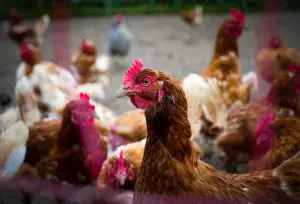

Many people are interested in layer farming due to its good profit returns. But there are more issues concerned than raising a bunch of hens. The chickens must be given proper care and treatment. You need wise ways to collect, package and transport eggs. You have to decide on the type of layer farming.
Housing for your hens
Consider the type and quality of housing you will install for your chickens. The ideal conditions for your chickens are 100% pasture-raised chicken eggs. Being pasture-raised is ideal for the chickens’ comfort. You can provide them with proper nesting barns to lay eggs and troughs of grain and water. But chickens must have ample space to spread their wings and express their natural tendencies. They must be allowed to follow their nesting instincts. But most farmers don’t have space to allow this.
Most of the demand for eggs is in urban areas. And eggs farms must be located close to the market for easy and safe transport. Finding ample space for chicken grazing is challenging. So when there is a lack of space, poultry farmers opt for condensed chicken farming types. There are two housing types, deep-litter system, and battery cages.
Deep litter systems are also cage-less systems. The chickens are kept on the floor of enclosures. The floor is covered with litter material like dry wood shavings, rice husks, straw, or hay. They are also provided with necessary feed, water, vaccinations, and medicine.
The layer chickens are fed at specified times and are provided with boxes for nesting where they lay the eggs. Litter systems are not the ideal conditions for laying chickens, but they are definitely much better than battery cage systems in terms of animal welfare.
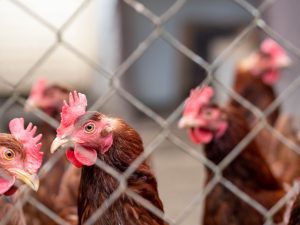

Advantages of the litter system include safety from potential prey and thieving. It saves money from labor and expense on caging systems. The litter can be recycled as manure, and the birds are protected from climatic changes as the indoor temperatures can be easily controlled.
Disadvantages of the litter system include environmental pollution if not managed properly and egg loss or cracks in eggs. In addition, the spread of diseases are challenging to be curtailed in this type of farming. There are also many cases of cannibalism and bullying causing injuries among injuries. Litter layer farming requires prompt monitoring and a lot of time, expertise, and experience.
In comparison, battery cage systems are very convenient for poultry farme rs. But chickens have hardly enough room to move or spread their wings. It also requires much less space than a litter system. Battery cages are lined end to end in rows and stacked on top of one another. Eggs are also less likely to break or crack as the floor of battery cages are sloped, making the eggs roll out as soon as they are laid. It saves labor and aids in easier inspection. But despite these advantages, bracket systems are harmful to the well-being of chickens. Please refer to this article for more information regarding the disadvantages of battery cages.
Managing layer farming
There are an incredible amount of aspects that need proper management and supervision if you want to see proper profit returns within the stipulated period. Steps must be taken to prevent the spread of diseases. Birds must always be of the same age and bred from the same source. The site also needs constant cleaning and proper ventilation to prevent pollution and disease from waste accumulation.
The entrance and exit of layer farms must be monitored. Visitors and laborers must be allowed to enter under strict hygienic conditions. Boots and hands must be disinfected prior to handling chickens.
The brooding period r when the chicks arrive, is a very crucial period in layer farming. The housing must be warmed 24 hours prior to welcoming the chicks. They must be sheltered from draft winds. Chicks are best kept in a small area with close access to food and water to prevent them from being lost. Floors must not be slippery for chicks, or they might develop ‘spraddle legs,’ where their hip joints become dislocated. These chicks would then find it difficult to reach for food and water and end up dying slowly.
The litter must be replaced or top upped to keep it dry. When birds reach six weeks, perches should be introduced. This helps prevent floor density, provides an escape from aggressive birds, and helps express their natural behaviors.
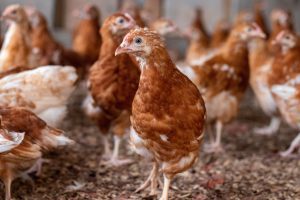

The litter farming method is better than battery cage farming in many ways. It’s healthier for chickens. They can dust bath, peck, fight and spread their wings and nest, unlike in battery cages where their movements and instincts are seriously suppressed.
Please refer to this for more information on the cost of starting a poultry farm.
To conclude,
Layer farming requires a lot of skillful management and expertise. Many important factors must be considered before beginning the farm. Care should be taken when choosing the type of farm, and our motive should not only be money-oriented. The welfare of the birds also must be respected. Chickens must be provided with good conditions and proper treatment in return for their valuable eggs.

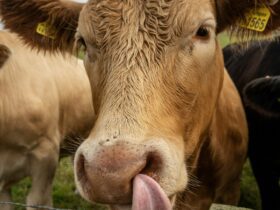
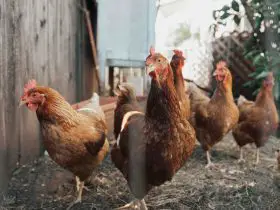
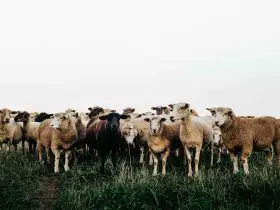
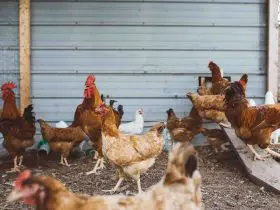
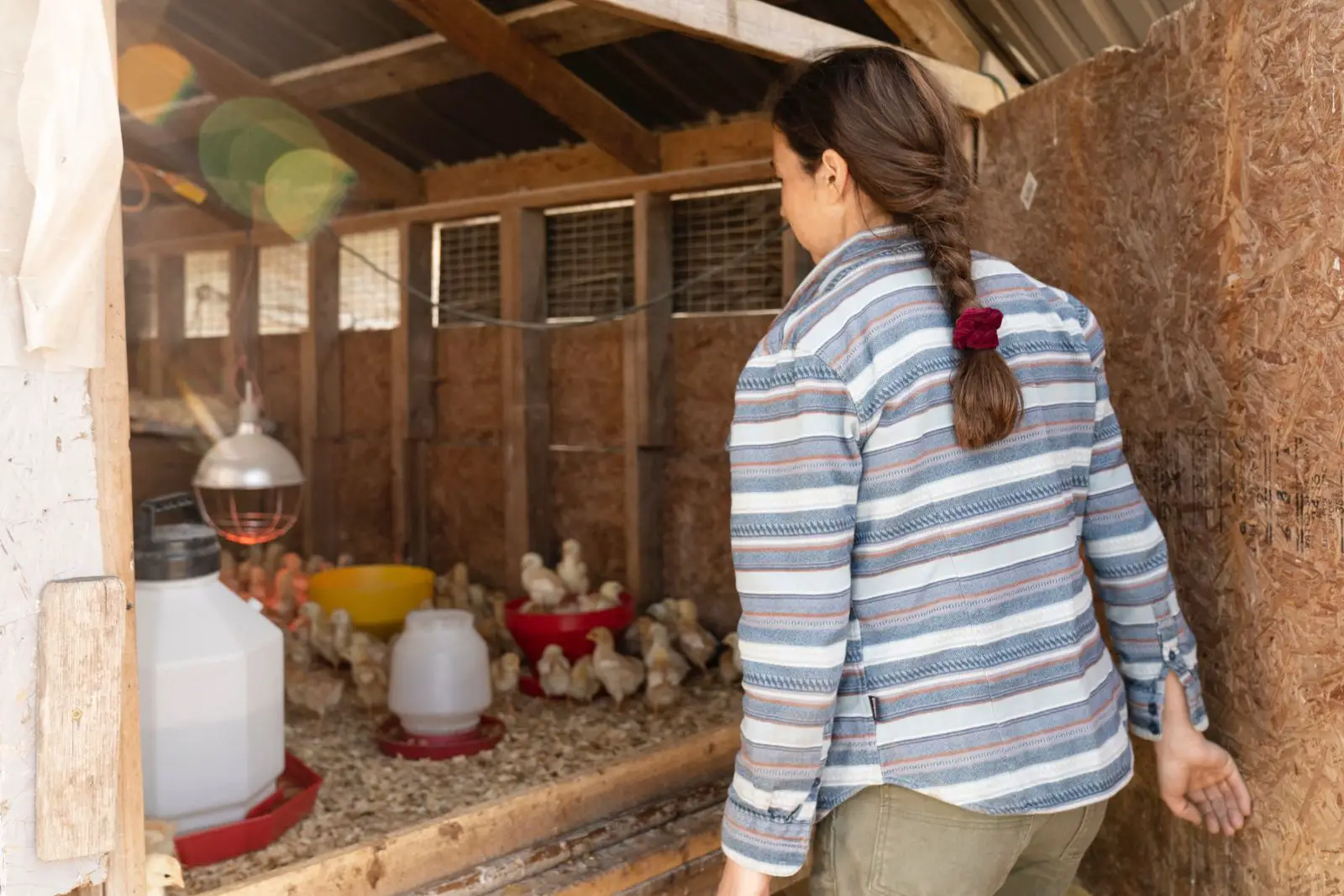
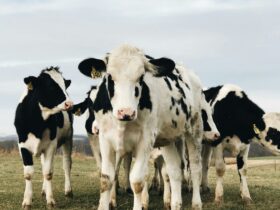
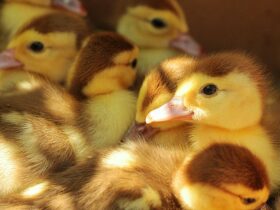
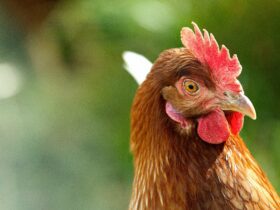



Hello!! Welcome to Anim Farm